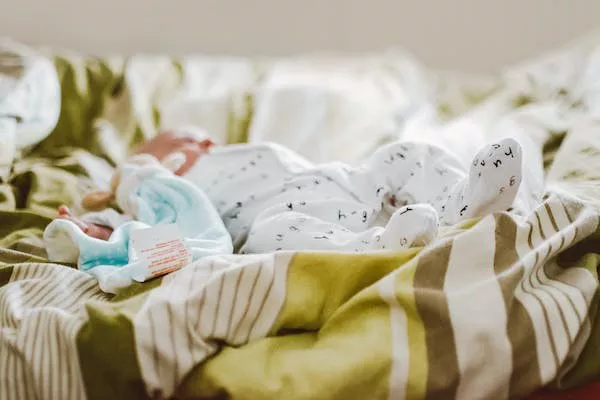Preparing for the arrival of a newborn involves many decisions, including how many sets of clothes you will need. It’s essential to strike a balance between having enough outfits for your baby’s needs without going overboard. In this comprehensive guide, we will help you navigate the world of newborn clothing and provide insights to determine the right number of sets required. By understanding your baby’s needs and considering various factors, you can ensure that your little one is comfortably dressed while minimizing unnecessary clutter.
-
Understanding Newborn Clothing Requirements:
Newborns go through clothing quite quickly due to frequent feedings, diaper changes, and occasional spills. They may require multiple outfit changes in a day. Keeping this in mind, it’s important to have an adequate supply of clothing to meet your baby’s needs without constantly doing laundry.
-
Factors to Consider:
When deciding on the number of clothing sets, several factors come into play:
a) Climate: Consider the climate of your region. In warmer climates, babies may require lighter clothing, while colder regions may necessitate warmer layers. Adjust your clothing inventory accordingly.
b) Lifestyle: Take into account your daily routine and lifestyle. If you plan to stay at home most of the time, you may need fewer outfits compared to a parent who frequently takes their baby out or has a busy schedule.
c) Laundry Frequency: Consider how often you plan to do laundry. If you have the time and resources to do laundry frequently, you may need fewer clothing sets. However, if laundry is a weekly task, you will need more outfits to cover your baby’s needs.
d) Seasonal Changes: Keep in mind that as your baby grows, you may need to update their wardrobe to accommodate seasonal changes. Newborns outgrow clothing quickly, so plan accordingly to avoid having too many unused outfits.
-
Essential Newborn Clothing Items:
To determine the number of clothing sets needed, it is helpful to have an idea of the essential clothing items for newborns:
a) Bodysuits: Bodysuits, also known as onesies, are versatile and comfortable. Aim for around 7-10 bodysuits to allow for changes throughout the day.
b) Sleepwear: Newborns spend a significant portion of their time sleeping. Have 4-7 sleepers or footed pajamas for nighttime and naptime.
c) Bottoms: Include a variety of bottoms such as pants, leggings, or shorts. Aim for around 5-7 pairs to pair with different tops.
d) Tops: Have a mix of long-sleeved and short-sleeved tops to suit different weather conditions. Aim for around 5-7 tops.
e) Outerwear: Depending on the climate, have a few lightweight jackets or sweaters for layering.
f) Accessories: Don’t forget essential accessories like hats, socks, and mittens to keep your baby warm and protected. Have a few of each to rotate.
-
Consider Growth Spurts:
Newborns grow rapidly, and their clothing may become too snug within weeks. Keep in mind that your baby will outgrow the smallest sizes quickly, so consider having a few sets in the next size up to accommodate growth spurts.
-
Baby’s Messy Moments:
Babies are prone to spills, spit-ups, and diaper leaks. It’s wise to have a few extra clothing sets on hand for those unexpected messy moments. This will help you avoid running out of clean outfits.
-
Variety for Style and Comfort:
Having a variety of clothing sets adds both style and comfort to your baby’s wardrobe. Consider different colors, patterns, and designs that reflect your personal taste while ensuring your baby’s comfort.
-
Hand-Me-Downs and Gifts:
If you anticipate receiving hand-me-downs or gifts from family and friends, take those into account when determining the number of clothing sets you need. Assess the quality, condition, and appropriateness of the hand-me-downs before including them in your baby’s wardrobe.
Conclusion:
Deciding on the right number of clothing sets for your newborn requires careful consideration of factors such as climate, lifestyle, laundry frequency, seasonal changes, and essential clothing items. By striking a balance between having enough outfits for your baby’s needs and avoiding unnecessary clutter, you can ensure your little one is comfortably dressed. Remember that babies grow quickly, so anticipate growth spurts and plan accordingly. By creating a well-rounded wardrobe, you can dress your newborn in style while keeping them cozy and content.


